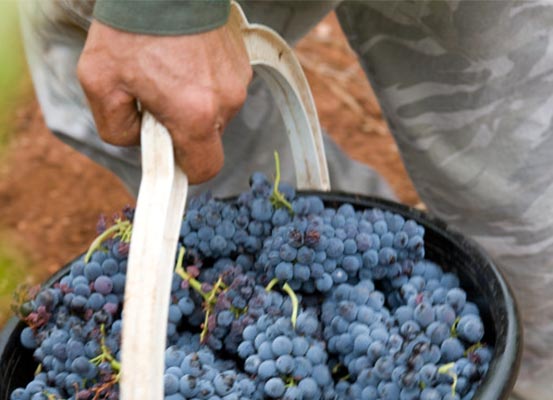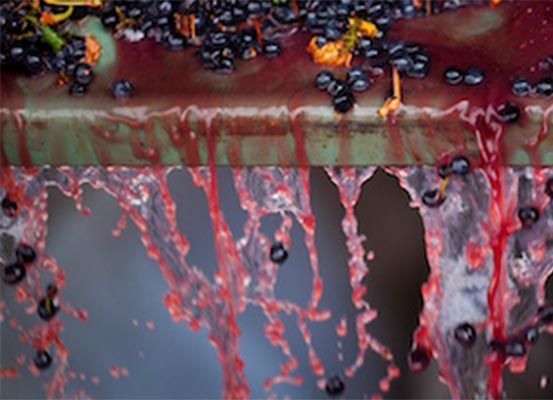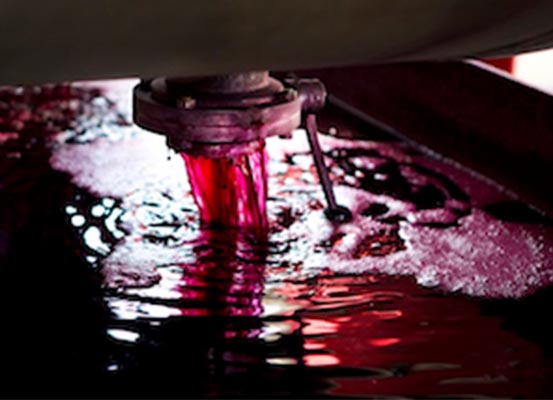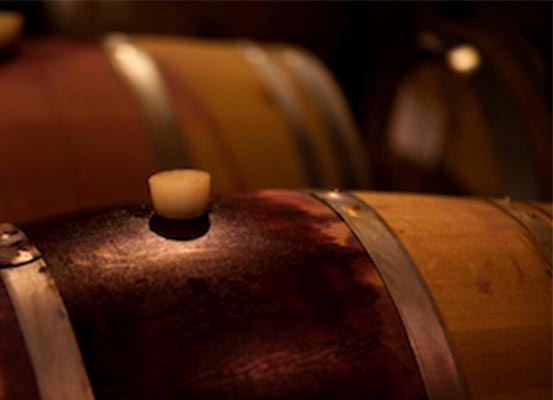After harvest, the grapes are gently destemmed and crushed to release the juice. Once crushed, the must, a combination of juice, skins and seeds, is fermented for up to two weeks. Red wine grapes have colourless juice, with the red colour found in the skins. During fermentation, the skins and seeds are left in contact with the juice to extract colour, as well as flavour and tannins, which provide structure, 'mouth-feel' and longevity.
During fermentation, the grape sugar is converted by yeast to alcohol and carbon dioxide. Carbon dioxide causes the skins to rise, forming a 'cap' on the top of the ferment.
Winemakers manage the fermentation by controlling the temperature and resubmerging the cap by plunging down the skins or pumping the juice back over the cap. Breaking up and keeping the cap wet is the key to optimum extraction of colour and tannin.
Red wines also undergo malo-lactic fermentation (MLF), a secondary fermentation, which may take place during or after primary fermentation. This softens the acid and gives the wine a smooth, rich texture.



